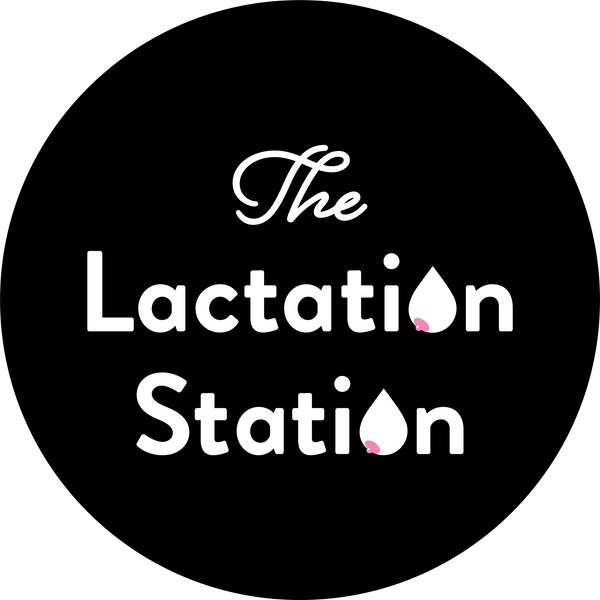Inverted nipples are nipples that point inward or lie flat, rather than pointing out. It can happen in one breast or both. You may have been born this way. But if it starts to happen later in life, it could be a sign of a medical problem that needs to be checked by a doctor.
An important point to remember is that babies BREASTfeed, not NIPPLEfeed. As long as your baby can take a good portion of your breast into their mouth most types of flat or inverted nipples will not cause problems with breastfeeding.
During the first few days (when colostrum is being made, before the breastmilk comes in) your breasts are soft which can make it easier for some babies to attach. If your breasts become full or engorged, your baby may find it harder to attach. Reverse pressure softening can help to soften the area around your nipple making it easier for your baby to latch.
These things can also help:
● Ensure you have a deep latch
● Get that first breastfeed in within the first hour post partum
● If your baby is unable to latch, a nipple shield may help.
● Seek help from a LC.
Some mums may experience nipple soreness for about the first two weeks of
breastfeeding as your flat or inverted nipple(s) are gradually drawn out your baby’s suckling. If the soreness is severe, or continues past the initial two weeks, ask for help.
Sometimes the adhesions can remain tight on your inverted nipples and this can cause cracks or blisters to your nipples. In this instance using a breast pump may help to rest your nipples and help release the adhesions.
Julia Daly
IBCLC
www.morethanmilk.co.nz

